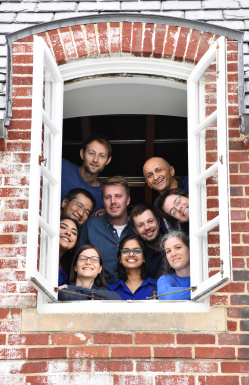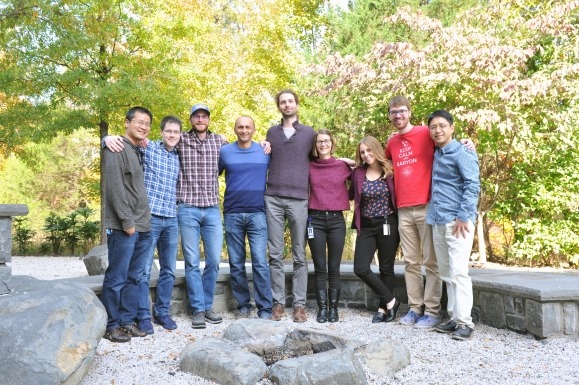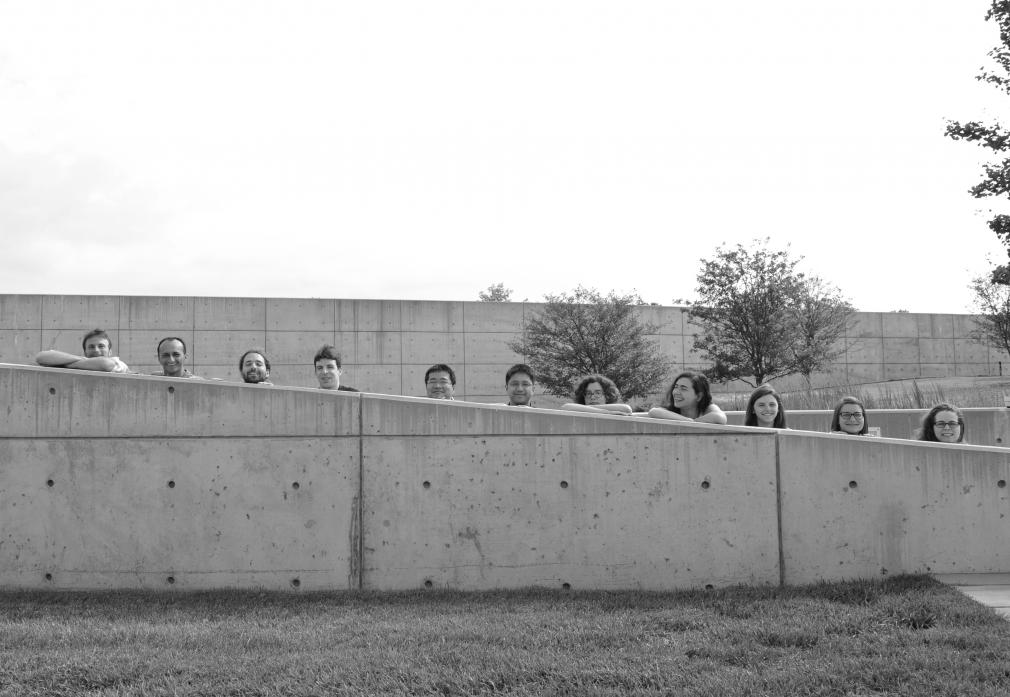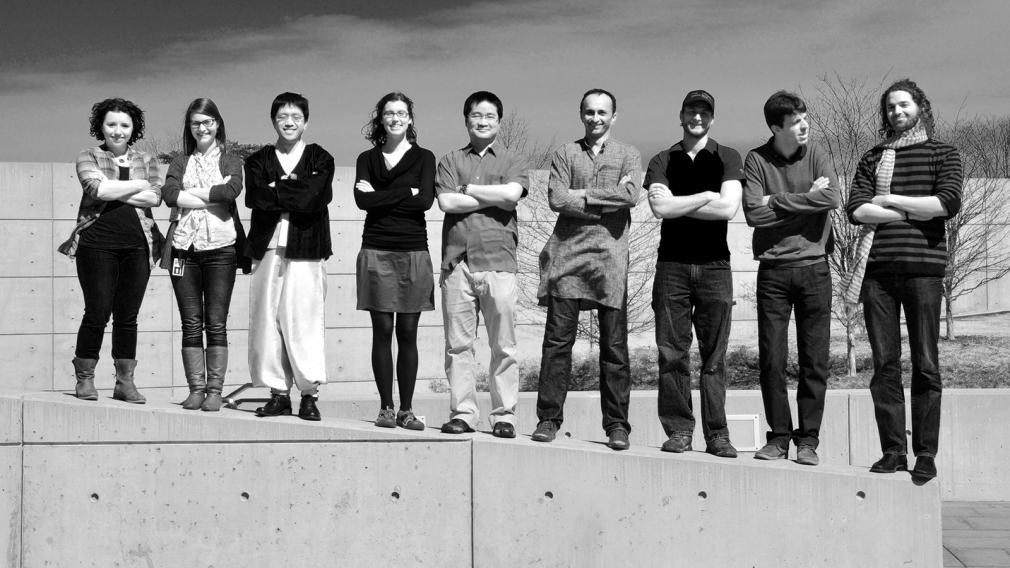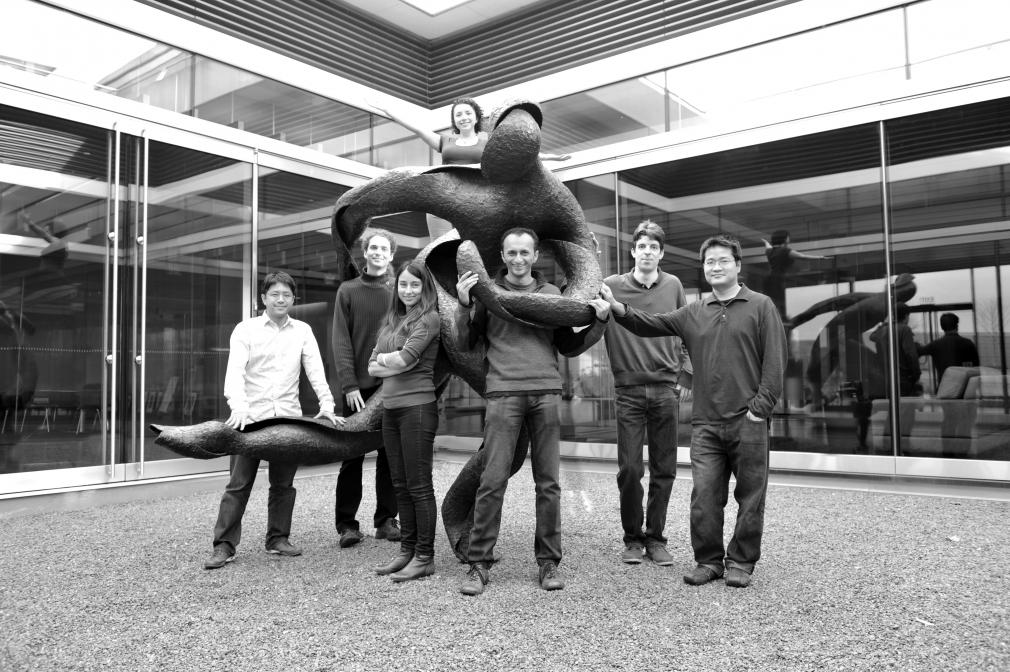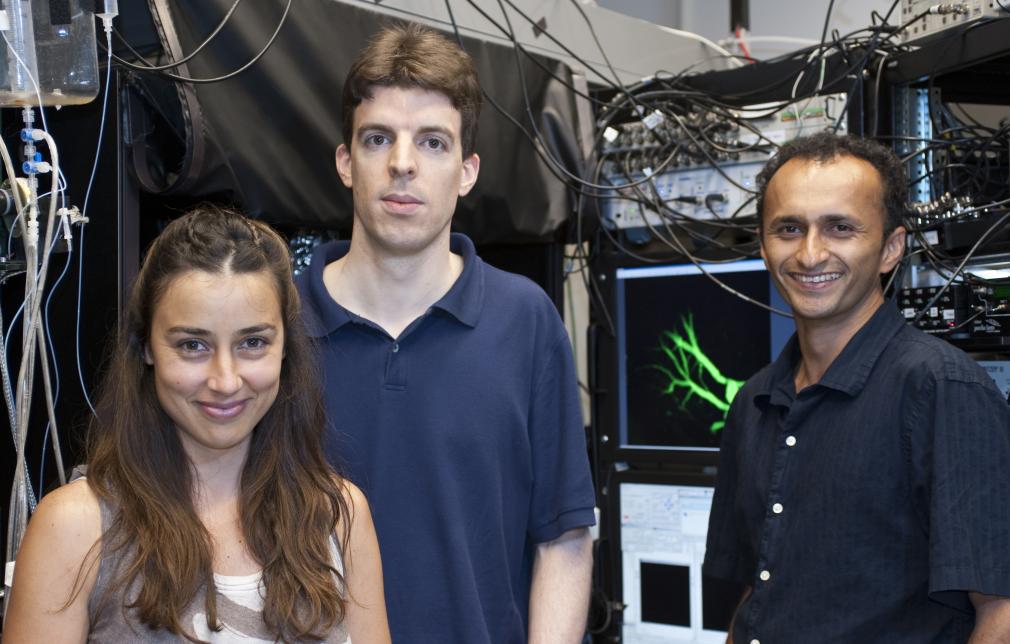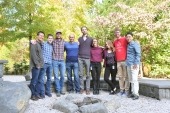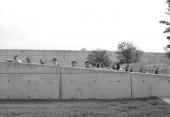Main Menu (Mobile)- Block
- Overview
-
Support Teams
- Overview
- Anatomy and Histology
- Cryo-Electron Microscopy
- Electron Microscopy
- Flow Cytometry
- Gene Targeting and Transgenics
- High Performance Computing
- Immortalized Cell Line Culture
- Integrative Imaging
- Invertebrate Shared Resource
- Janelia Experimental Technology
- Mass Spectrometry
- Media Prep
- Molecular Genomics
- Primary & iPS Cell Culture
- Project Pipeline Support
- Project Technical Resources
- Quantitative Genomics
- Scientific Computing
- Viral Tools
- Vivarium
- Open Science
- You + Janelia
- About Us
Main Menu - Block
- Overview
- Anatomy and Histology
- Cryo-Electron Microscopy
- Electron Microscopy
- Flow Cytometry
- Gene Targeting and Transgenics
- High Performance Computing
- Immortalized Cell Line Culture
- Integrative Imaging
- Invertebrate Shared Resource
- Janelia Experimental Technology
- Mass Spectrometry
- Media Prep
- Molecular Genomics
- Primary & iPS Cell Culture
- Project Pipeline Support
- Project Technical Resources
- Quantitative Genomics
- Scientific Computing
- Viral Tools
- Vivarium
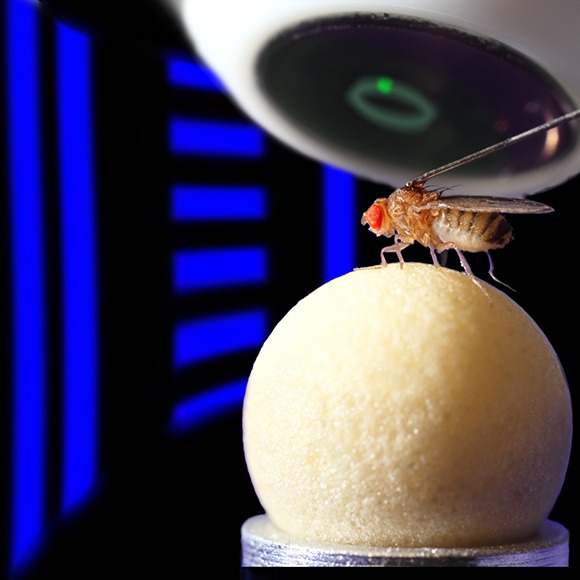
Flexible navigation requires processing and integrating multi-sensory and motor information in the context of past experience, internal state and ongoing behavior. Our lab studies the underlying neural dynamics in the fruit fly, Drosophila melanogaster, a genetic model organism that has a small brain but is capable of complex behavior. We are additionally beginning to explore similar questions in different species of the transparent micro glassfish, Danionella.
Our lab is interested in establishing causal links between the dynamics of neural circuits and the behavioral decisions that an animal continuously makes as it navigates a multi-sensory world. We aim to uncover how the relevant neural representations and dynamics arise and what specific role they play in shaping adaptive behavior.
We use the powerful genetic model organism Drosophila melanogaster for our experiments, many of which rely on monitoring and perturbing the activity of specific neural populations during head-fixed behavior. We rely on a combination of two-photon calcium imaging, whole-cell patch clamp electrophysiology, quantitative behavior, optogenetics, and computational analysis and modeling in our efforts to mechanistically link computation in a higher brain region called the central complex to the fly's behavioral decisions.
Clockwise from top left (outer ring): Lucas Johnson (visiting Masters student; Berstein Ctr for Comp. Neuro., Berlin), Vivek, Brad Hulse (1/2 Hermundstad lab), Kristin Henderson, Pavithraa Seenivasan (1/2 Reiser lab), Hannah Haberkern, Dianne Pereira (lab coordinator), Chuntao Dan; Interior (l-r): Chad Sauvola, Angel Stanoev (1/2 Romani lab)
(From top, l-r): Marcella Noorman (Hermundstad lab), Vivek; Sandro Romani, Dan Turner-Evans; Angel Stanoev (1/2 Romani lab), Romain Franconville; Chuntao Dan, Hannah Haberkern; Ann Hermundstad, Yipei Guo (Hermundstad lab); Brad Hulse
From left to right: Chuntao Dan, Brad Hulse, Dan Turner-Evans, Vivek Jayaraman, Romain Franconville, Hannah Haberkern, Shanea Houck (Lab Coordinator), Abel Corver, Sung Soo Kim.
The lab plus our Janelia Undergraduate Scholars. (l-r): Dan, Vivek, Romain, Johannes, Chuntao, Sung Soo, Stephanie, Dimitra Vardalaki (JUS), Celia Beron (JUS), Hannah, Emily (lab coordinator)
Front (l-r): Sung Soo Kim, Hannah Haberkern, Stephanie Wegener, Emily Nielson (lab coordinator)
Back (l-r): Johannes Seelig, Chuntao Dan, Vivek Jayaraman, Romain Franconville, Dan Turner-Evans
From left to right: Sharon Rowell (lab coordinator), Hannah Haberkern, Sung Soo Kim, Stephanie Wegener, Chuntao Dan, Vivek Jayaraman, Dan Turner-Evans, Johannes Seelig, Romain Franconville
From left to right: Sung Soo Kim, Romain Franconville, Eugenia Chiappe, Sharon Rowell (lab coordinator), Vivek Jayaraman, Johannes Seelig, Chuntao Dan
From left to right: Eugenia Chiappe, Johannes Seelig and Vivek

